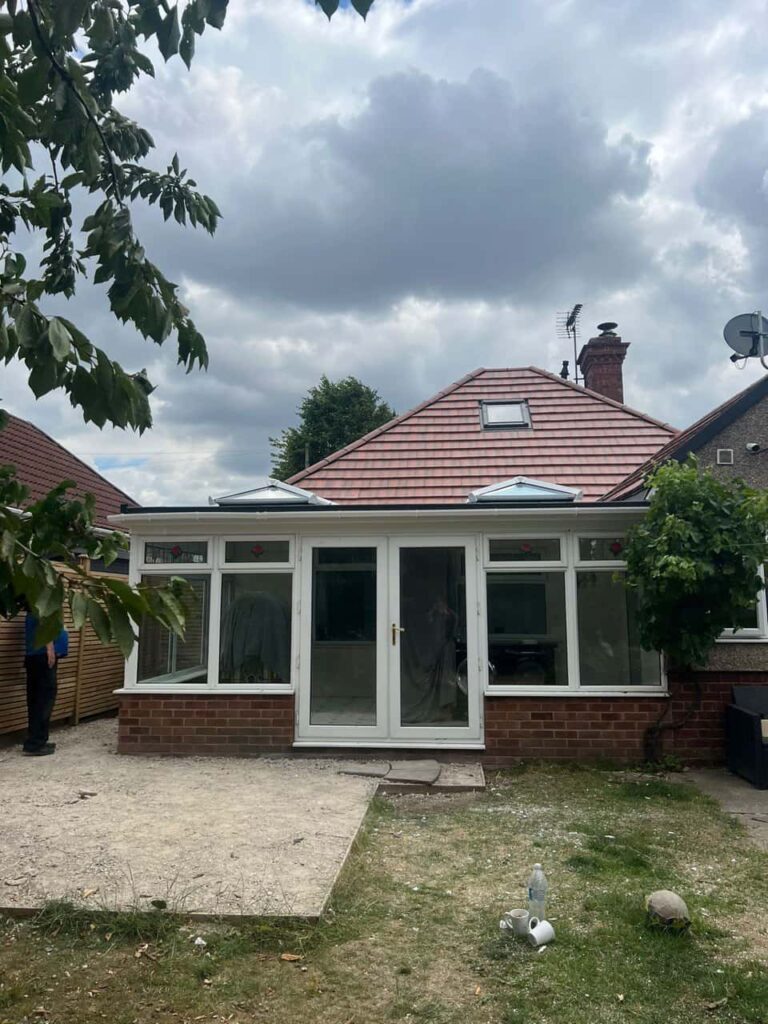The underlay is a crucial, yet often overlooked, component of your roofing system. Positioned beneath the tiles or slates, it acts as a secondary barrier to protect your home from wind-driven rain, condensation, and debris. When the underlay becomes compromised, the entire roof is at greater risk of leaks and structural deterioration. At MCM Roofing Repairs Lymington, we help homeowners throughout Lymington, Hampshire identify issues early and carry out professional underlay replacement to preserve the integrity of their roofs.
This guide outlines the most common signs that your roof’s underlay has failed and why prompt action is essential.
What Is Roof Underlay and Why Is It Important?
Roof underlay (also known as roofing felt or membrane) is laid directly onto the roof structure before tiles or slates are fitted. It plays a critical role by:
- Providing a waterproof layer in case the outer covering is damaged or displaced
- Reducing wind uplift and pressure beneath the tiles
- Preventing dust, dirt, and insects from entering the roof space
- Aiding in thermal insulation and moisture management
When underlay fails, your home loses one of its most important protective layers.
Key Signs Your Roof’s Underlay May Have Failed
1. Persistent or Unexplained Roof Leaks
- Water leaking into your loft or ceiling may be a sign of underlay failure, even if tiles appear intact
- The membrane may have torn, perished, or shrunk, allowing moisture to penetrate
- Leaks often worsen after heavy rain or strong winds
A professional inspection is necessary to confirm whether the leak is due to tile damage or a compromised underlay.
2. Sagging or Damp Patches in the Loft
- If you notice damp patches, condensation, or mould on loft insulation or timbers, the underlay may not be doing its job
- A sagging membrane indicates water pooling and deterioration
- Left untreated, this can lead to timber rot and loss of insulation effectiveness
At MCM Roofing Repairs Lymington, we assess both visible and concealed signs of moisture ingress during loft inspections.
3. Daylight Showing Through the Roof Space
- Visible daylight entering through the roof can mean gaps in both the tiles and underlay
- This can allow wind-driven rain and debris to enter
- Small holes may be signs of underlay deterioration or tearing over time
Any visible gaps should be addressed promptly before they lead to larger issues.
4. Cracked, Missing, or Slipped Roof Tiles
- While tiles form the outer shell of your roof, they rely on the underlay for backup protection
- If underlay has failed beneath cracked or slipped tiles, water can penetrate freely
- Without functional underlay, even minor tile damage becomes a major problem
A roof in this condition is unlikely to perform well through another winter.
5. Ageing Roof or Outdated Materials
- Older roofs may still have traditional bitumen felt, which becomes brittle and ineffective over time
- If your roof is 25 years or older, the underlay may be well past its intended lifespan
- Modern breathable membranes offer improved protection and energy efficiency
Replacing the underlay as part of a roof refurbishment can significantly enhance your home’s performance.
The Importance of Replacing Roof Underlay
When underlay failure is confirmed, replacement is often the only reliable solution. This typically involves:
- Removing roof tiles or slates in the affected area
- Replacing the old or damaged underlay with a high-performance breathable membrane
- Reinstalling or upgrading battens and fixing tiles back in place securely
At MCM Roofing Repairs Lymington, we use quality materials and experienced workmanship to ensure your roof is restored to full effectiveness.
Long-Term Benefits of New Roof Underlay
- Leak prevention – Stops water ingress beneath tiles
- Improved insulation – Reduces energy loss and controls condensation
- Longer roof lifespan – Supports tile performance and timber integrity
- Increased home value – A sound roof reassures future buyers and surveyors
Regular roof inspections and timely repairs are key to avoiding expensive damage in the future.
Conclusion
If your roof is leaking, showing signs of internal damp, or nearing the end of its service life, your underlay could be the root of the problem. While it’s easy to overlook what lies beneath the tiles, failing to address underlay damage can lead to structural decay, mould growth, and costly repairs down the line.
MCM Roofing Repairs Lymington provides professional roof inspections and underlay replacement for properties in Lymington, Hampshire. Our experienced team is here to ensure your roof remains watertight, energy-efficient, and structurally sound for years to come.
Call us on: 01590 631 785
Click here to find out more about MCM Roofing Repairs Lymington
Click here to complete our contact form and see how we can help with your Roofing needs.

